Mountainous regions present a challenging yet fascinating habitat that some big cat species have adapted to with remarkable tenacity. These majestic creatures have evolved over thousands of years to conquer the rugged terrain, harsh climates, and sparse resources found high above sea level. This article delves into the unique adaptations and behaviors of five big cat species that prosper in some of the planet’s most demanding environments.
Snow Leopard: The Ghost of the Mountains
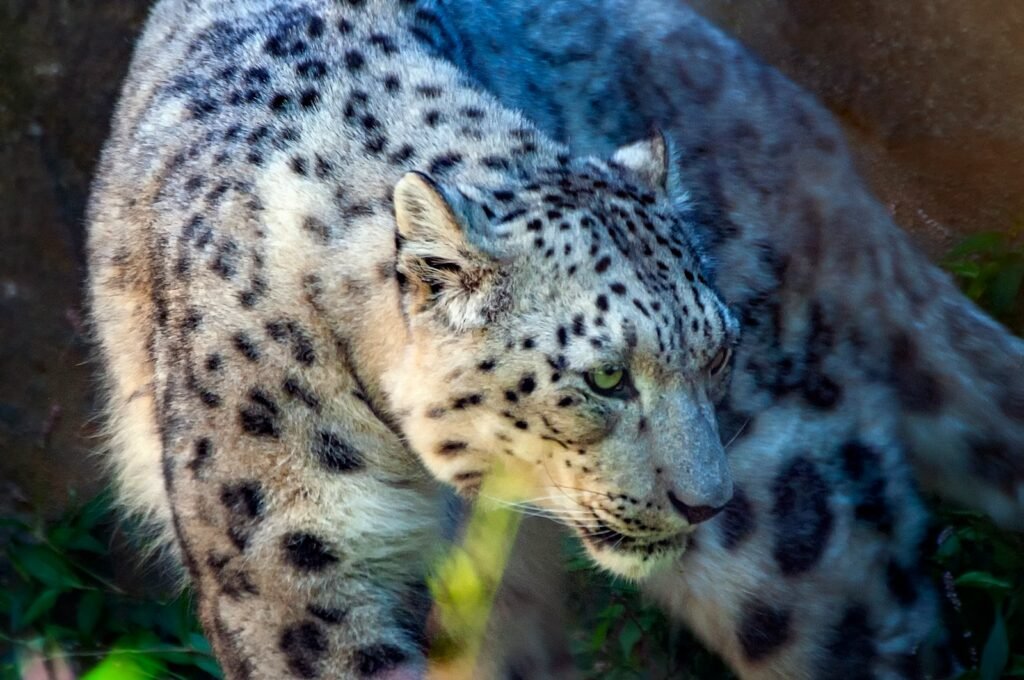
Often referred to as the “Ghost of the Mountains,” the snow leopard is perfectly adapted to the cold, barren environments of Central Asian mountain ranges, such as the Himalayas. With their thick, patterned fur, they blend seamlessly into the rocky landscape. Snow leopards have powerful hind limbs that allow them to leap six times the length of their body, a necessary skill for traversing steep cliffs and pursuing prey like blue sheep and ibex. While these elusive cats are masters of camouflage and cunning hunters, their survival is increasingly threatened by habitat loss and poaching, making conservation efforts crucial for their continued existence.
The Majestic Siberian Tiger
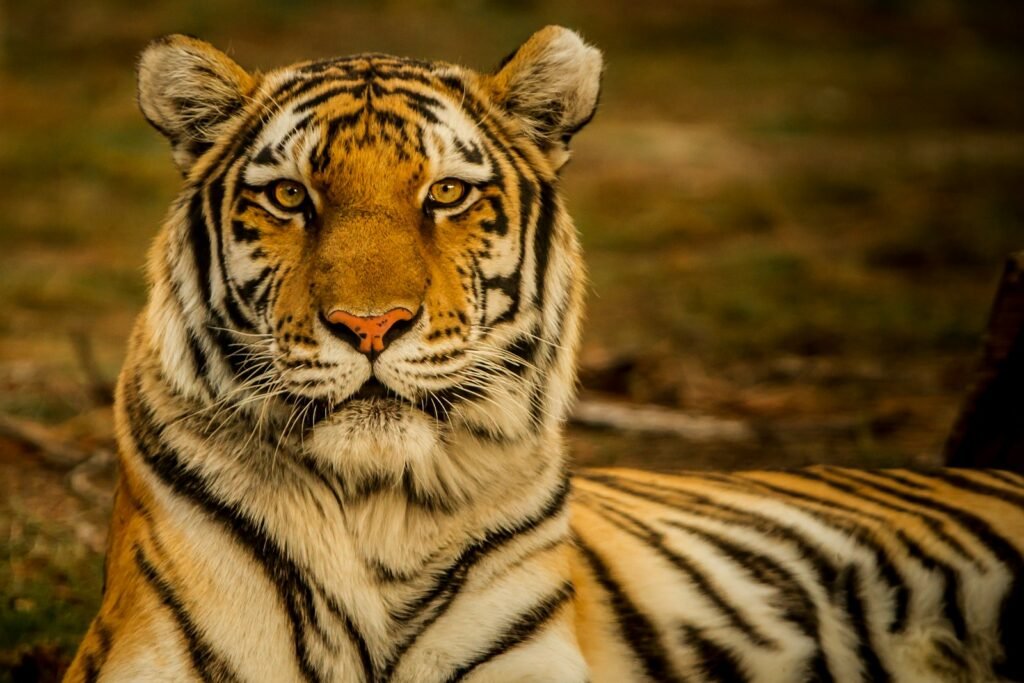
The Siberian tiger, also known as the Amur tiger, is the largest of the big cats, with some individuals weighing up to 700 pounds. Native to the temperate forests of the Russian Far East, these tigers have adapted to the mountainous terrain and harsh conditions by developing thick fur and a layer of fat to insulate against the cold. Their wide paws act like snowshoes, enabling them to quietly navigate the snow-covered territory while hunting. Despite these adaptations, the Siberian tiger’s numbers have dwindled due to poaching and habitat fragmentation. Conservation programs continue to play a pivotal role in the recovery of this iconic species.
Eurasian Lynx: The Stealthy Hunter
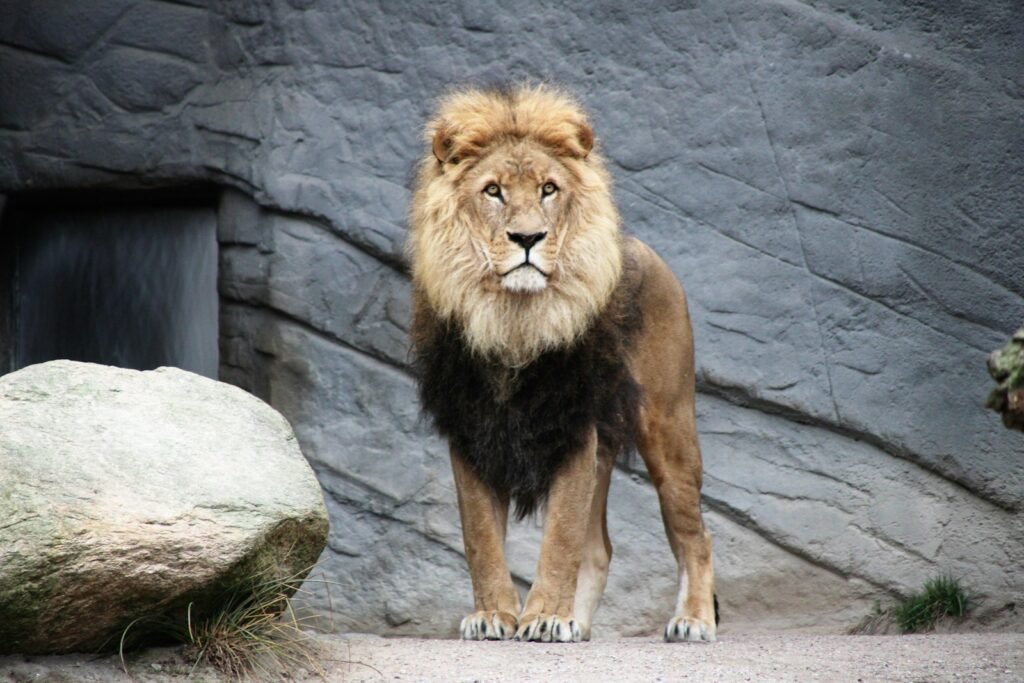
The Eurasian lynx is the largest lynx species, thriving across the vast expanses of European and Asian mountain ranges. Their tufted ears, sharp eyesight, and quiet demeanor make them formidable hunters of rabbits, deer, and other small mammals. With flexible, padded paws and long legs, they are adept at stalking silently through the dense forests and rocky outcroppings. These solitary cats prefer secluded regions where human contact is minimal, but they face threats from habitat destruction and illegal hunting. Effective conservation efforts have allowed lynx populations in some European regions to stabilize and even grow.
Puma: The Adaptable Mountain Lion
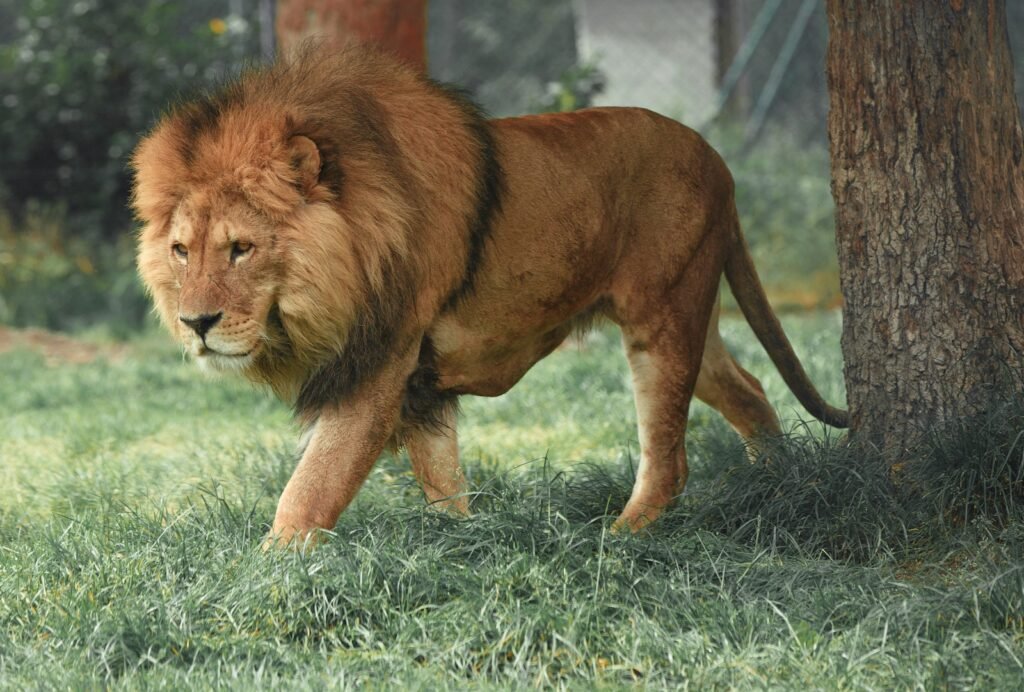
Puma, also known as mountain lions or cougars, boast the largest geographical range of any terrestrial mammal in the Western Hemisphere, thriving in a variety of habitats from lowland forests to mountain ranges. Their adaptability is key to their survival, as they can adjust their hunting techniques and diet based on available prey. Pumas are agile climbers, taking advantage of the mountainous terrain to stalk and ambush deer and other large mammals. Human expansion and habitat encroachment present major challenges, but these resilient cats continue to persevere through adaptability and human-focused conservation initiatives.
The Agile Leopard
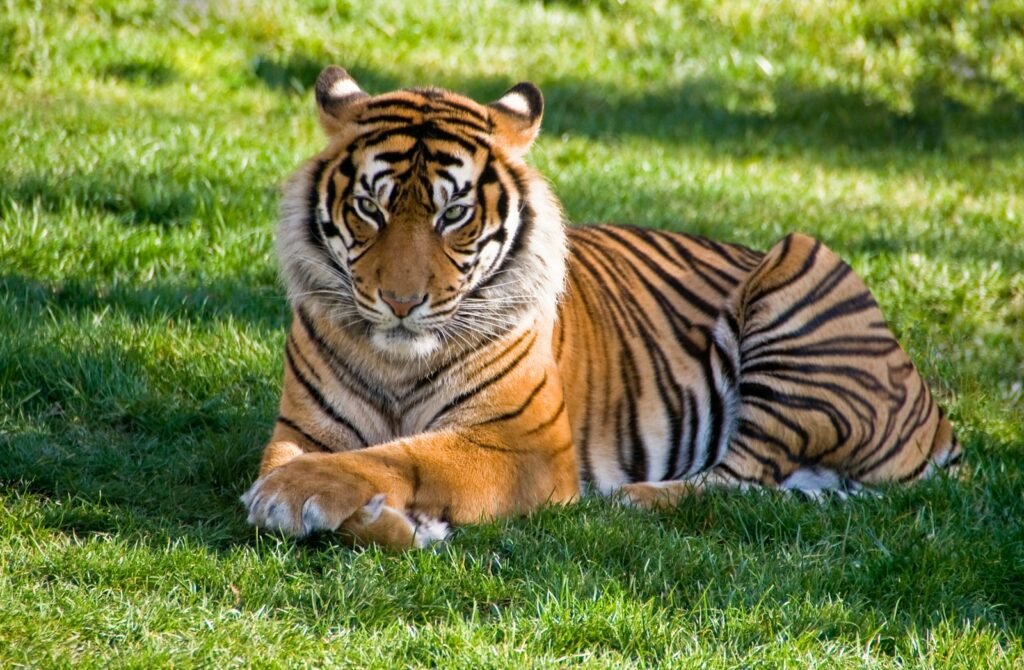
Though often associated with savannas and forests, leopards are surprisingly versatile and thrive in rocky, mountainous regions across sub-Saharan Africa and parts of Asia. Their spotted coats provide effective camouflage against the diverse backdrops of rocks and vegetation. Leopards are nocturnal hunters, relying on their stealth and opportunistic nature to capture prey. They have a broad diet, which includes anything from small rodents to large ungulates, showcasing their adaptability. Human encroachment and conflicts pose threats to their survival, emphasizing the need for ongoing conservation efforts.
Conclusion: Guardians of the Mountains
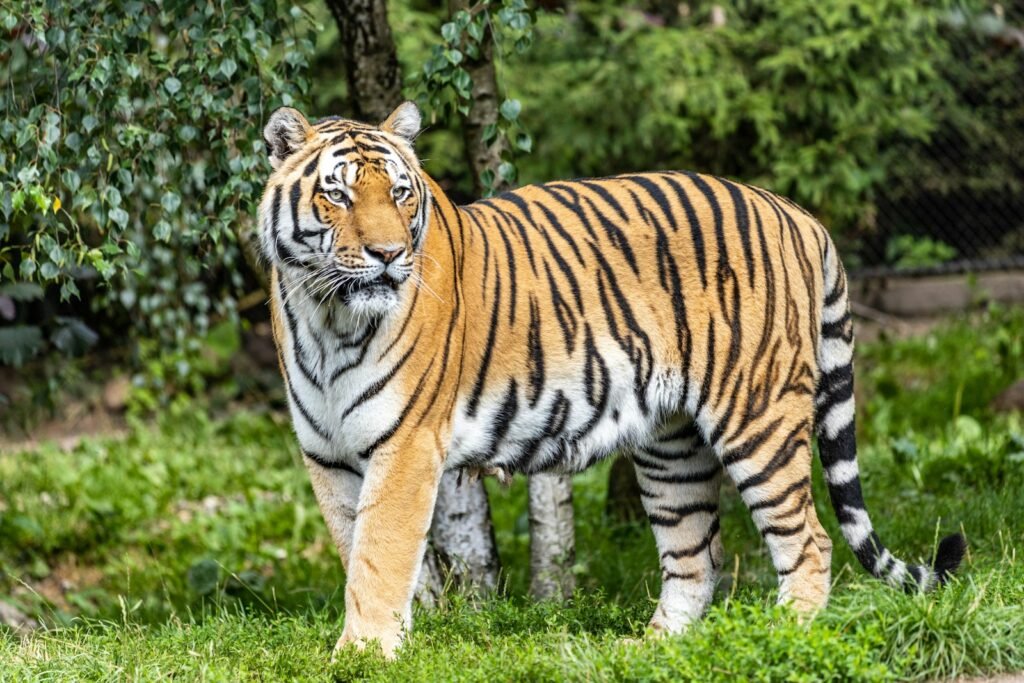
These big cat species are a testament to nature’s incredible ability to adapt and thrive in some of the earth’s most challenging environments. The mountain terrain requires a blend of strength, stealth, and resilience — qualities these magnificent animals embody. While they continue to face threats from human activity and environmental changes, understanding and supporting conservation efforts are crucial for preserving these majestic creatures for generations to come. By fostering greater awareness and appreciating these magnificent cats, we can contribute to their continued survival in the wild.

Suhail Ahmed is a passionate digital professional and nature enthusiast with over 8 years of experience in content strategy, SEO, web development, and digital operations. Alongside his freelance journey, Suhail actively contributes to nature and wildlife platforms like Feline Fam, where he channels his curiosity for the Feline into engaging, educational storytelling.
With a strong background in managing digital ecosystems — from ecommerce stores and WordPress websites to social media and automation — Suhail merges technical precision with creative insight. His content reflects a rare balance: SEO-friendly yet deeply human, data-informed yet emotionally resonant.
Driven by a love for discovery and storytelling, Suhail believes in using digital platforms to amplify causes that matter — especially those protecting Earth’s biodiversity and inspiring sustainable living. Whether he’s managing online projects or crafting wildlife content, his goal remains the same: to inform, inspire, and leave a positive digital footprint.






